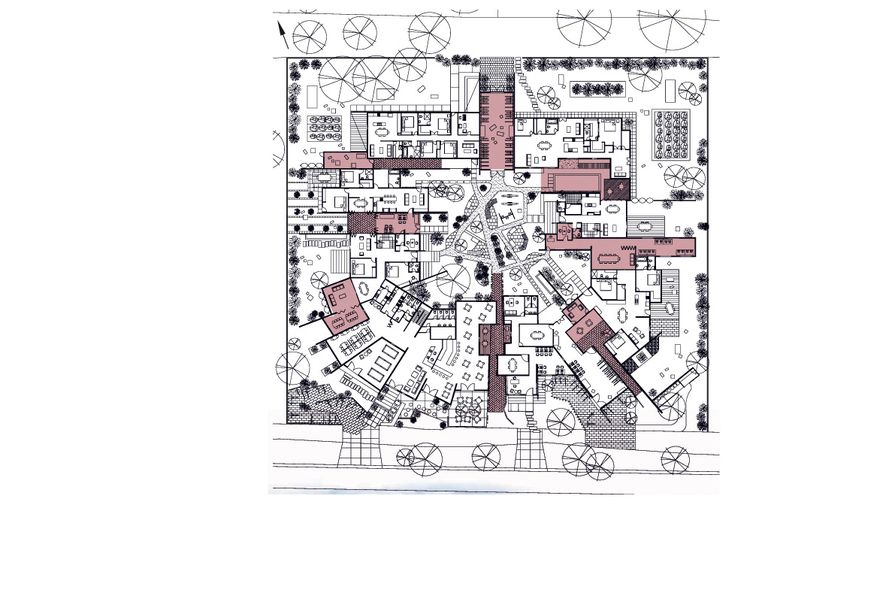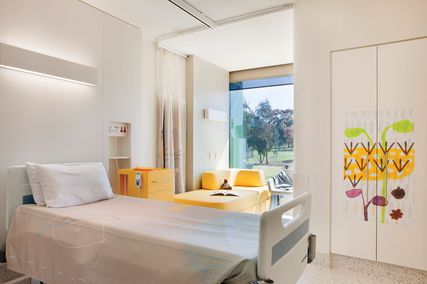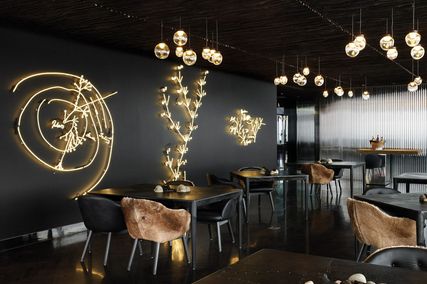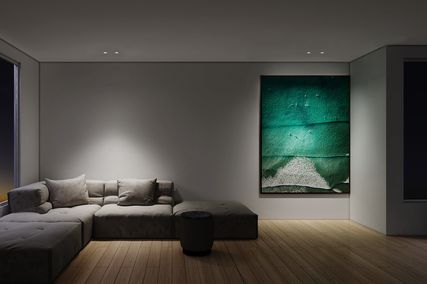Good Fences Make Good Neighbours by Hong Yi
Citation
This project was one of a number of schemes that explored increasing the density of suburban environments in localized, small-scale ways. The accompanying narrative also recognizes that communities may express concern and mistrust over such developments. To address this anxiety Good Fences Make Good Neighbours proposes the incremental densification of a double block over time as the community is ready to both grow and densify. This is understood as a seeding project, with others being initiated across the neighbourhood as the benefits become apparent to residents. The jury was particularly interested in the proposal to use the suburban fence as a means of introducing density, and its potential to enable both connection among the community and privacy within it.
Project Description
Rowville, a Victorian suburb with detached suburban houses on large quarter-acre blocks, is chosen as a place to explore how a community may live in a sustainable way post-peak oil.
Robert Frost once said that “good fences make good neighbours”. As the future is expected to include denser cities and communities living closer to each other, this project questions the roles of fences and explores reinventing the fence that we know today. Fences that divide the current suburban plot usually alienate neighbours while creating an often unused and wasted space. If these fences could be utilized sustainably, wasted space can be reduced and this in turn could bond the community together.
Scenario. Kate moves into an “incubator” of three families and a couple. It is affordable, within walking distance to shops, parks and her college, and includes a cafe and pool. Initially apprehensive, Kate soon finds herself impressed with the close-knit community. The fence that typically divides neighbours is replaced by spaces that allow neighbours to share spaces, while also maintaining privacy.
Future scenario: Over time the suburban landscape is dotted with similar projects. The size and form of each incubator changes according to the needs of the occupants, or as new occupants arrive. Properties are subdivided by the sharing fence, which over time shows the history and age of each incubator.
The Airdrop House by Andrew Maynard Architects
Citation
Every competition needs a provocation and this entry from Andrew Maynard Architects provided a conceptually powerful and graphically elegant critique of the propensity for architecture to over-invest in “quick-fix” solutions. The tongue-in-cheek response, which is conceived as a “short fiction”, addresses the problem of emergency relief housing in flood-stricken areas. The Airdrop House simultaneously provides water clean up, shelter and food production in a convenient, military-infrastructure-friendly package. The humour supports a serious provocation about how architects can and should respond to problems emerging due to climate change, in terms of both emergency relief and the longer-term implications for affected communities. The jury commends the project and its use of the forum of the AA Prize for Unbuilt Work to engage in such polemical discourse.
Project Description
The disastrous floods in Pakistan have again illustrated that our most precious resource, water, can also be the cause of much suffering - there is an urgent responsibility for wealthy countries to help. Many would suggest, correctly, that a disaster of this magnitude DOES NOT need another idealistic architect proposing yet another oversimplified “architectural response”. Unfortunately we are a pack of idealistic simpletons who can’t avoid putting together stupid solutions to serious problems. We also are deeply concerned about the suffering of others, and continue to donate to our favourite charity Médecins Sans Frontières, an amazing global organization providing aid through direct local action. We hope that you enjoy our short fiction about suffering caused by flooding. We also ask that when you have finished here you jump on www.msf.org and donate to the amazing folk who do so much to ease suffering on a local level throughout our big blue world.
During a flood event water forces sewage and waste into the streets, spreading disease and destroying fresh water supplies. The quick and effective removal of tainted water is necessary before clean up can begin and emergency housing can be erected. We propose that the clean up of water and the immediate implementation of housing be addressed by a single solution.
Say hello to the Airdrop House.
Source
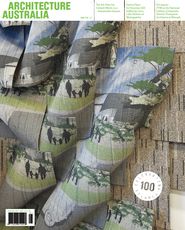
Awarded Project
Published online: 1 Jan 2011
Words:
2010 AA Prize for Unbuilt Work Jury
Issue
Architecture Australia, January 2011

